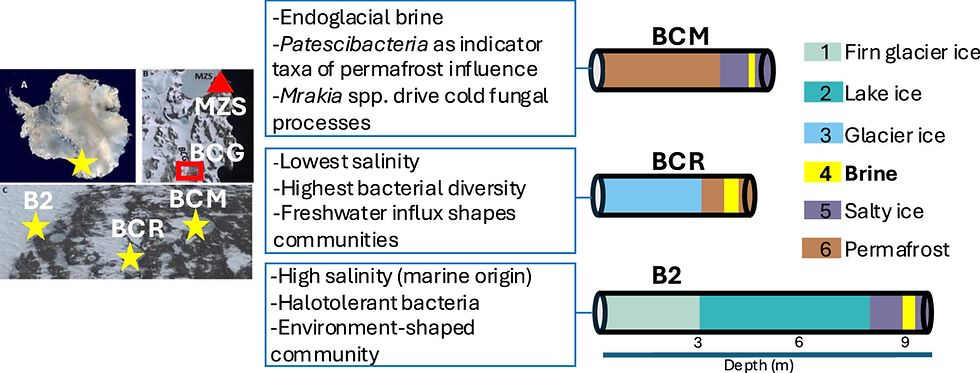How Wastewater Can Help Track Viruses Like COVID & polio
- David Ojcius
- Aug 17, 2022
- 2 min read
How scientists, public health experts & plumbers are embracing wastewater surveillance as the future of disease tracking.
The Covid-19 pandemic has turned sewage into gold.
People who are infected with the coronavirus shed the pathogen in their stool. By measuring and sequencing the viral material present in sewage, scientists can determine whether cases are rising in a particular area and which variants are circulating.
People excrete the virus even if they never seek testing or treatment. So wastewater surveillance has become a critical tool for keeping tabs on the virus, especially as Covid-19 testing has increasingly shifted to the home.
The institutions and localities that invested in wastewater surveillance over the last two years are discovering that it can be used to track other health threats, too. The Sewer Coronavirus Alert Network has already begun tracking the monkeypox virus in wastewater. And last week, New York City officials announced that polio had been detected in the city’s sewage.
Six months ago, NYC Health + Hospitals, a large, local health care system, began piloting its own wastewater surveillance system to track the coronavirus and the flu. Monkeypox and polio monitoring will start as soon as next week. There are a variety of approaches to wastewater surveillance. Here’s a visual guide to how the coronavirus tracking process works in one New York hospital.
Part 1: In the Hospital Basement
In which the toilets are flushed, sewage flows through a basement pipe and two intrepid scientists come to collect it.
New York City was the epicenter of the nation’s first Covid wave, and its hospitals were hit hard by several surges in the pandemic. In late 2021, Health + Hospitals decided to build a sustainable, long-term pathogen surveillance system to get ahead of future outbreaks, said Leopolda Silvera, the global health deputy at Elmhurst Hospital Center in Queens, which is part of the health care network.
The wastewater surveillance initiative is now running at 10 hospitals, but it began, in February, at Elmhurst.
Setting the Contraption
Coronavirus fragments deposited into hospital toilets travel through the plumbing system and enter a sewage pipe in the basement.
“This is our baby,” John Reilly, the supervisor plumber at Elmhurst, said, banging on the outside of the pipe. Every Monday, a member of the wastewater team drops a collection device, which the team calls the Contraption, into an opening in the pipe.
Over the next 24 hours, the wastewater will rush over, around and through the device.
The gross part
The next day, two researchers arrive to check on the Contraption. “I must warn you that it’s going to be gross,” one said.
Wearing masks and gloves, they carefully remove the device from the pipe and then use tweezers to extract a tampon – yes, a tampon – from the mesh tube.
The researchers have experimented with different designs for the Contraption; one day this spring they were using a porous metal cylinder that contained a tampon to absorb the wastewater. Their current design uses charcoal water filters instead.
Ziploc and chill
The technicians double-bag the waterlogged tampon to ensure it does not leak on the 15-minute drive across Queens.
Then they put the sample on ice and click the cooler shut. The dirty work is done ...
Read more at:
https://www.nytimes.com/interactive/2022/08/17/health/wastewater-polio-covid-nyc.html








Comments